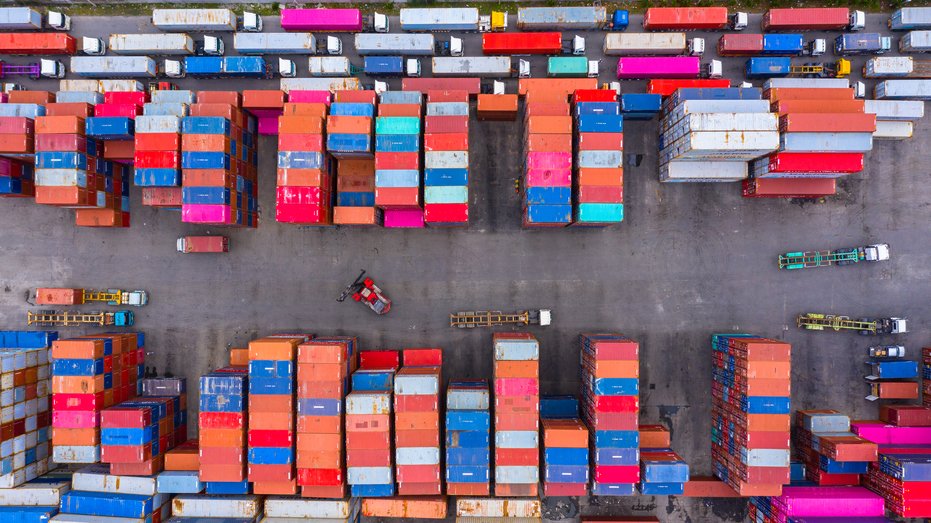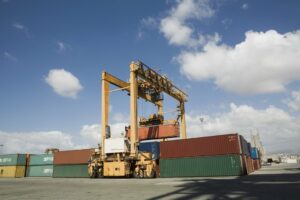
Table of Contents
A bill of lading is a document that is issued to a person or a company acknowledging the receipt of goods from a carrier. The bill of lading is used to show that the goods have been received and the shipper has accepted the risk of the goods during transit. In many countries, the bill of lading is treated as a legally binding legal document.
What is a bill of lading?
A bill of lading is a document that is issued by a shipping company when they accept goods for transport. It is a document that is used as a receipt for goods being transported. It is issued to the shipper of the goods.
Why is a bill of lading important?
The bill of lading is an important document because it shows the shipper and receiver the goods have been delivered to the carrier for transport to the receiver. It also shows that the carrier has the right to take possession of the goods. A bill of lading will also show that the shipper has the responsibility for the goods until they have been delivered to the receiver.
How do you get a bill of lading?
The carrier that the shipper contracted for the carriage of the goods to the consignee should be able to provide the bill of lading. This document is not issued by government bodies. However, most government agencies treat the bill of lading very seriously and use it for the purpose of audits and pre-import document verification processes.
How is a bill of lading different from a document of sale?
A bill of lading is a document that shows the ownership of goods and is used by a carrier to show that the goods have been delivered to a specified place. A document of sale is a document that shows the sale of goods and is used to transfer property rights. Most bills of lading will not show the value of the cargo being transported. However, the bills of lading could show the transportation charges incurred.
Common issues with the bill of lading
- Incorrect weight: Incorrect weight on the bill of lading can be a safety issue as it could affect the load planning processes resulting in an overly unbalanced vessel going out to sea
- Incorrect billing info: Erroneous product information on the bill of lading can create Customs clearance issues as it may attract Customs queries
- Missing information: The bill of lading is an important document for the carrier or freight forwarder to bill the shipper or consignee for transportation charges (depending on the trade terms being used). Missing information on the BL may result in delayed processing of payments
- Incorrect quantity information: Incorrect quantity information on the bill of lading may lead to disputes on the total load count that needs to be delivered and received. Moreover, Customs clearance may become an issue as authorities may interpret the different quantities shown on an invoice vs. a bill of lading as an attempt to smuggle goods
| Do you have questions relating to import/export procedures? We provide free email consultations: Contact Us Today |
- SEO Powered Content & PR Distribution. Get Amplified Today.
- Platoblockchain. Web3 Metaverse Intelligence. Knowledge Amplified. Access Here.
- Source: https://www.globalior.com/a-brief-introduction-bill-of-lading/?utm_source=rss&utm_medium=rss&utm_campaign=a-brief-introduction-bill-of-lading
- 1
- a
- Able
- Accept
- affect
- agencies
- and
- audits
- Authorities
- because
- become
- being
- Bill
- billing
- Bills
- charges
- company
- consultations
- could
- countries
- create
- customs
- Delayed
- delivered
- Depending
- different
- disputes
- document
- during
- Free
- from
- get
- going
- goods
- Government
- However
- HTTPS
- important
- in
- info
- information
- Introduction
- issue
- Issued
- issues
- IT
- lead
- Legal
- load
- many
- missing
- most
- needs
- ownership
- person
- Place
- planning
- plato
- Plato Data Intelligence
- PlatoData
- possession
- procedures
- processes
- processing
- Product
- Product information
- property
- Property Rights
- provide
- purpose
- quantity
- Questions
- received
- responsibility
- result
- resulting
- rights
- Risk
- Safety
- sale
- Shipping
- should
- show
- shown
- Shows
- specified
- Take
- terms
- The
- to
- Total
- trade
- transfer
- transit
- transport
- transportation
- treat
- us
- use
- value
- Verification
- Vessel
- weight
- will
- zephyrnet








